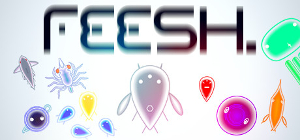 Developer: Terrifying Jellyfish
Developer: Terrifying Jellyfish
First Release: 2nd February, 2016
Version Played: PC (Steam)
Available: Steam
You are a microscopic feesh in a feesh-eat-feesh world.
The original version of this game was coded in two days, though the version for sale has other updates. The basic premise of the game is simple. The tiny feesh has to eat smaller feesh to grow in size, whilst avoiding being eaten by bigger feesh. Some have special skills, such as producing child feesh. Some are more aggressive than the rest, such as the sharks that will track down the player feesh.
Arcade mode is the main one I played. After reaching a certain size, the feesh evolves into a different type. My main criticism here is that this doesn’t unlock the new type permanently. I’m never going to be good enough to play through all the different creatures in one game, so it’d be nice if I could start with a later creature. That way, I’d have a chance to eventually play all the available types.
Shark attack mode has extra sharks and doesn’t last very long. I couldn’t do multiplayer as I only have one keyboard/mouse, but it’s a local versus mode. Chillout mode is like a screensaver, where all the feesh do their thing without any player control.
I liked the way the other feesh are doing the same thing as the player feesh. Sometimes one of those feesh will end up growing very large, as they successfully manage to eat loads of tiny feesh. It creates the feel of a working ecosystem, where the player is no more important than any of the other feesh. Eaten feesh respawn elsewhere, so there will always be other feesh around to continue the game.
Image Caption: The player feesh is in the centre. It’s a grey teardrop shape with three white eyes at the rounded end and a hexagon at the pointed end. It has two larger fins and a number of other lines sticking out of it. Several smaller black feesh surround the player fish. Two sharks are approaching from the right.
The art style is fairly minimalistic with a whimsical flair. The main feesh, and some of the others, look like microscopic creatures. Others, like the shark and crayfeesh, are based on larger fish and sea creatures. It’s not scientific, but it clearly isn’t supposed to be. You’re a feesh and the world is very silly. I’d note there are some flashes of light at times, though it’s more of a gradual increase in light rather than a strobe effect.
This is the sort of game for playing a round in odd moments. It doesn’t have a whole lot of depth, but what it does have is nicely done. It’s cute and I enjoyed the feel of the art and the funny descriptions of the feesh. It’ll be interesting to see how the developer tackles larger projects. Hopefully that sense of whimsy will be carried though.
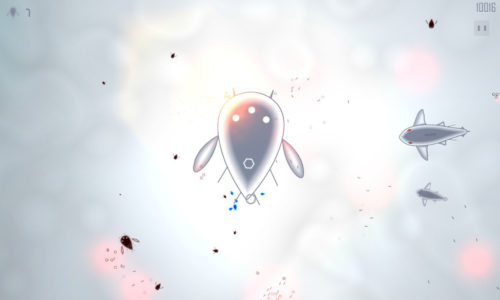
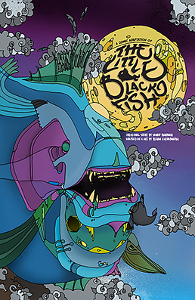 First Published: 15th March, 2016
First Published: 15th March, 2016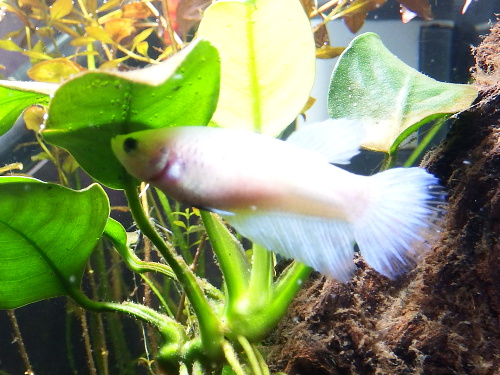
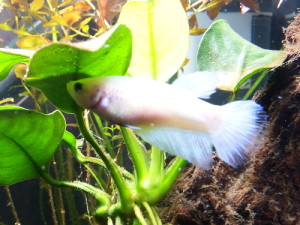

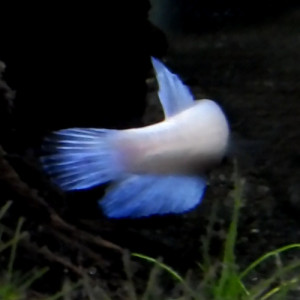

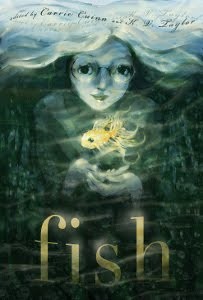
 Some time ago, I wrote a piece of whimsical absurdism. I was soon to discover it’s hard to sell absurdism. And by hard, I mean some of the rejections I got implied the slush reader wanted to take my keyboard, burn it, stomp on the pieces, then burn it again, so I wouldn’t write another just like it.
Some time ago, I wrote a piece of whimsical absurdism. I was soon to discover it’s hard to sell absurdism. And by hard, I mean some of the rejections I got implied the slush reader wanted to take my keyboard, burn it, stomp on the pieces, then burn it again, so I wouldn’t write another just like it.